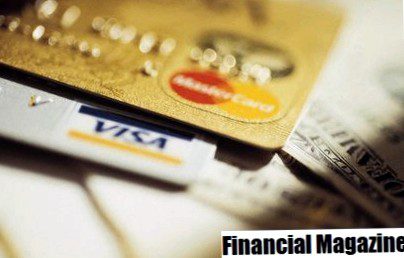The top 3 tips for budgeting your money

It's almost a truism that budgeting is a critical step for anyone serious about money management. Finally, you need to know where your money is going in order to make plans for the future. But if you've never tracked your spending, how do you get started?
Here are three tips to help you set a budget and start managing your money.
1. Determine Wants Versus Needs
The first step to creating a budget is to determine which expenses are wants and which are needs. Housing, utilities, food, transportation, clothing, and childcare are generally considered necessities; entertainment, travel, and dining out are referred to as "wants," or so-called discretionary expenses. That said, there's often a gray area between a need and a want: you may need a car to get to work if, for example, carpooling or public transportation isn't an option, but a flashy sports car may be a want. Everyone needs to buy clothes, but designer clothes are not a requirement. If you can afford or have already purchased a luxury version of your necessary expenses, remember that downgrading is always an option if you decide that this type of expense no longer fits your lifestyle.
2. Pick out fixed and variable expenses
Fixed expenses – which, as their name implies, stay the same every month – are the backbone of any budget and should be the easiest to plan for. Examples of these might include your rent, car payment and student loans, which will likely be the same, month after month. Variable issues, no surprise, are the ones that change every month. Your grocery bills, consumption-based utilities (like oil / gas, electricity, phone service), clothing costs, travel and car maintenance costs are all variable expenses.
Budgeting for variable expenses is obviously one of the harder parts of creating a spending plan. Here are a few tips to help make it easier for you:
- Track your spending for three to six months, average it over that period, and aim for the average every month going forward.
- Instead of tracking monthly variable expenses, set a semi-annual or annual budget goal. This is especially useful for expenses like car care or travel that may not come up every month, but still need to be considered in a budget as they can be big ticket items.
3. Decide what kind of money manager you want to be
It's important to determine whether you're a big-picture or detail-oriented money manager. Some people generally know where their money goes, but don't want to track every coffee they buy; others like to know exactly how much they spend on their latte habit.Determining whether you prefer a detailed or comprehensive view of your money will help you decide what type of budgeting system will work for you. The only caveat: If money is tight, you may need to use a system that tracks every penny. Once your finances are more flush, you may be able to switch to a less detailed tracking system. Here is a closer look at each type of budgeting.
– Detail-oriented budgeting. This system helps you control the outflow of your funds and sometimes warns you about wasteful spending you didn't know about. You know the popular "you spend enough on coffee every year to buy a used car" scold? This system will help you figure out how much you spend on things like your java habit, and where you actually want your money to go – including in savings and retirement accounts.
While you can use receipts and spreadsheets to manually create a detail-oriented budget, many users opt for automated tracking tools, such as those found at Mint or Personal Capital. These programs record and categorize all your expenses, making it easy to see if you are spending in different categories. An added benefit: If you have work expenses that are reimbursable (travel expenses, office supplies), an automatic tracker can help you organize and ensure you get the full reimbursement you deserve. 6 Best Personal Finance Apps will keep you up to date on good tools to test out.
– Big-picture budgeting. If you have more financial flexibility and less tolerance for tracking details, you can develop a big-picture budget. Make a list of all regular expenses you consider "needs," and include categories for savings, retirement, emergency funds, charitable giving, and travel (if you travel frequently). If you choose a Big Picture budgeting system, make sure you have a significant cushion for savings and an emergency fund. (For more information, see Building an emergency fund and Why you absolutely need an emergency fund .)
Once you have determined your monthly expenses and the additional categories above, you can then spend the rest of your monthly income. The only thing you can track is the amount spent from that "miscellaneous" fund, but you don't have to track how much you spend on clothes or coffee. To make tracking easier, it can be helpful to have a bank account or credit card that you use for your "miscellaneous" expense fund so you can easily keep track of your total expenses.
The bottom line
Budgets are an important tool to help with money management, but ultimately they are just a general set of guidelines. If your current budget isn't working for you, try a different approach. Most importantly, create a plan that works for you and, once it's in place, stick to it.